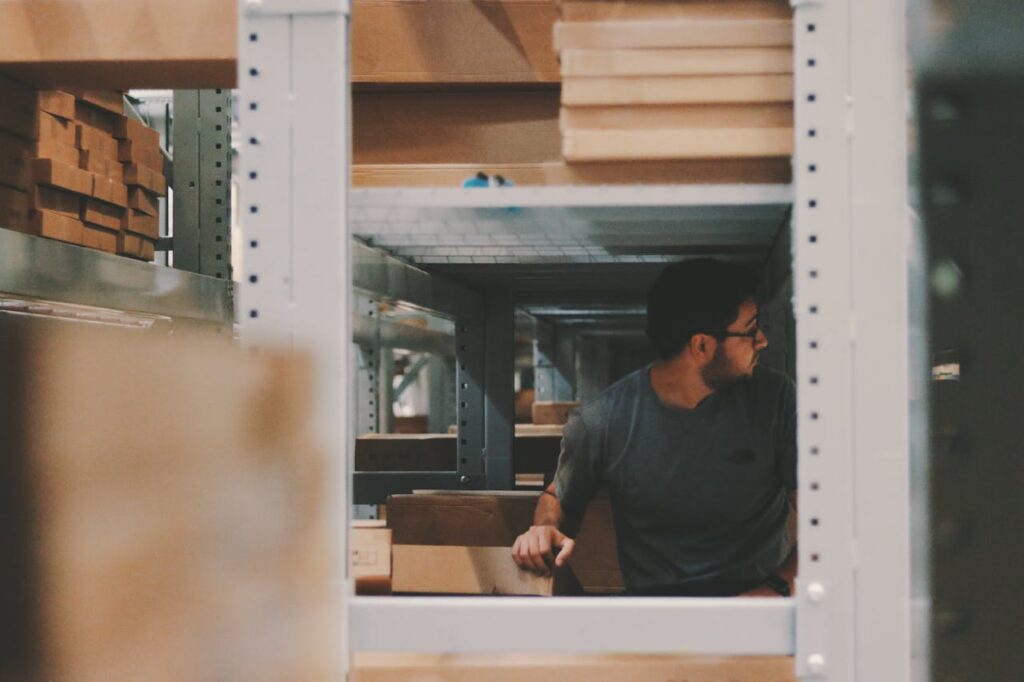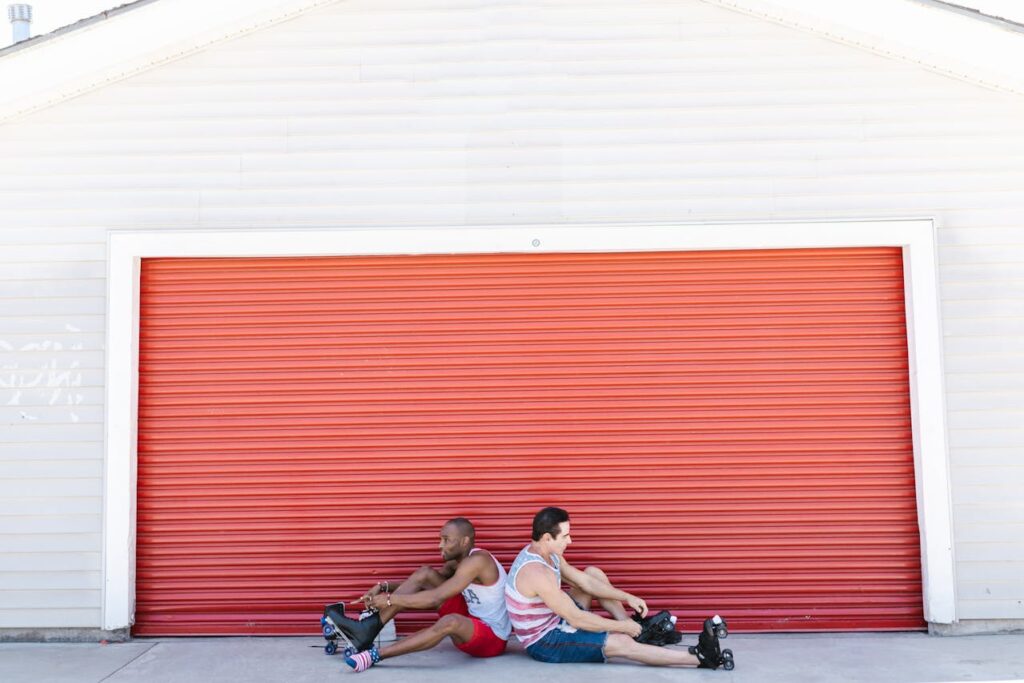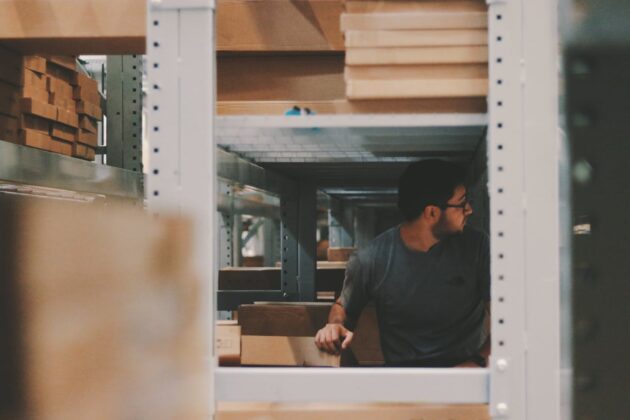
Whether you’re moving, downsizing, decluttering, or just looking to make your space more organized, finding the right storage option is important to keep your belongings safe, accessible, and in good condition. But with so many choices available, from self-storage units and portable containers to climate-controlled facilities and home organization systems, it’s easy to feel overwhelmed. Your ideal storage solution should depend on what you’re storing, how long you’ll need storage, your budget, and how often you’ll need access. This blog post offers six practical tips to help you choose the best storage option tailored to your specific situation. With the right guidance, you can protect your valuables and make your space work more efficiently.
Table of Contents
Assess What You Need to Store
Before selecting a storage solution, it’s crucial to determine exactly what you’re storing, as this will influence the type, size, and features you’ll require. Consider whether your items are bulky, fragile, valuable, or climate-sensitive. Smaller household goods may only need shelves or bins at home, while larger furniture or equipment may require self-storage options with more space and flexibility. For example, if you’re dealing with a mix of seasonal clothing, sports gear, or business inventory, you might want to look into secure storage in Christchurch if you’re seeking a location that balances accessibility with safety. Taking stock now ensures you don’t overpay or underprepare later on.
Decide Between Short-Term and Long-Term Storage
The duration of your storage needs plays a significant role in the option you choose. For short-term needs, like during a home renovation or temporary relocation, a portable storage container or garage space might suffice. These are generally more affordable and convenient if you only need storage for a few weeks or months. For long-term storage, you’ll want a more secure and potentially climate-controlled facility if you’re storing valuables or sensitive items. Long-term rentals often come with better pricing per month, but you should consider accessibility and any restrictions that may apply.
Consider Climate-Controlled Storage for Delicate Items
If you’re storing items that are sensitive to temperature or humidity, such as electronics, wood furniture, important papers, musical instruments, or artwork, climate-controlled storage is a wise investment. These units maintain consistent conditions to protect your belongings from warping, mold, or degradation. While these types of storage units cost more than standard ones, the extra protection can save you money and stress in the long run. Think about your local climate as well. If you live in a region with extreme weather, climate-controlled options may be more of a necessity than a luxury.
Weigh Accessibility and Location
How often do you need to access your stored items? If you’ll be making frequent visits, choosing a facility close to your home or office is crucial. Some storage providers offer 24/7 access, while others may have strict hours of operation. If you’re storing items you rarely need, like seasonal gear or archived documents, then choosing a more remote (and often cheaper) facility may be acceptable. Consider how easy it is to access the unit itself. Is there drive-up access? Are there elevators or hand trucks available? These small details can make a big difference when moving heavy or awkward items in and out of storage.
Think About Security and Insurance
Security is a non-negotiable factor when storing anything of value. Look for storage facilities that offer features like surveillance cameras, gated access, individual unit alarms, and on-site management. A secure lock is critical, too, and many facilities offer upgraded options or allow you to bring your own. It’s important to ask whether the facility is insured and whether your insurance policy (like homeowner’s or renter’s insurance) covers stored items. Some facilities offer insurance plans at an additional cost, which might be worth it for peace of mind. Protecting your items from theft or accidental damage is as crucial as selecting the right type of storage.
Compare Costs and Look for Value
Price matters, but don’t make it the only deciding factor. While it’s tempting to go with the cheapest storage option available, that choice could end up costing more in the long run if your items are damaged or hard to access. Start by comparing monthly rates for units in your preferred size and location, but take into account extra fees, like administration fees, deposit requirements, or penalties for early termination. Some facilities offer promotions for the first month free or discounts on long-term rentals. Consider the value you’re getting for your money; things like security, climate control, and accessibility all contribute to the worth of the service.

Finding the right storage option doesn’t have to be difficult when you approach it with a clear plan. By carefully considering what you need to store, how long you’ll store it, and how frequently you’ll access your items, you can select a storage solution that fits your budget and keeps your belongings protected. Whether you need a temporary fix or a long-term organizational strategy, using these six tips will help ensure that your storage experience is smooth, safe, and efficient.
